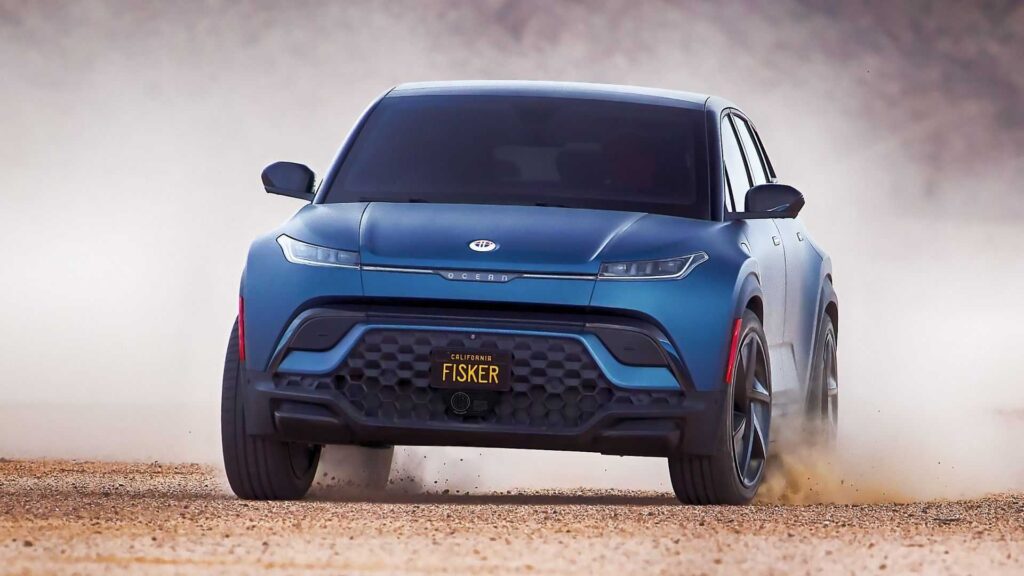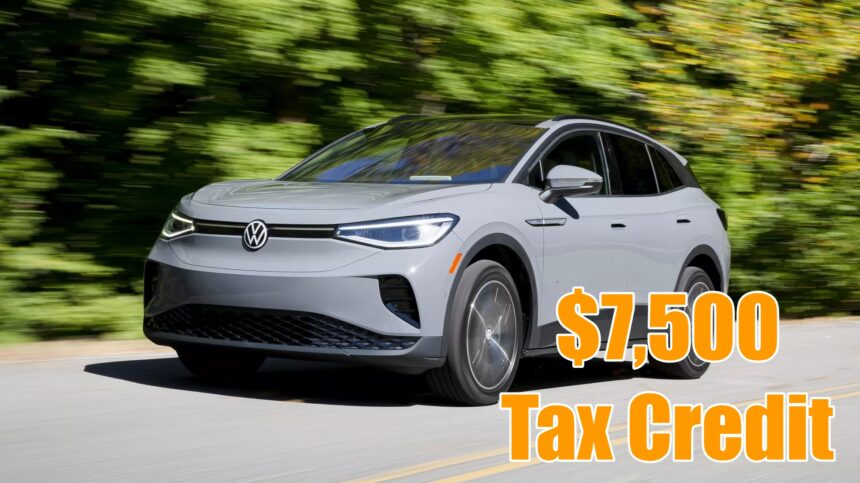If you’re interested in purchasing or learning more about electric vehicles in 2024, you may be aware of the significant changes to the federal tax credit. Starting on January 1st, the tax credit for EVs and plug-in hybrids has been overhauled. In 2022, new regulations were put in place to determine buyer eligibility and the sourcing of batteries. The purpose of these intricate battery requirements is to decrease dependence on foreign sources for battery components and materials.
These requirements will become more stringent each year as part of a 10-year program. Consequently, the list of vehicles eligible for the tax credit will frequently change as automakers work to update their vehicles to meet the new criteria.
In 2024, there is positive news for those looking to purchase new cars. Buyers now have the opportunity to receive a credit upon purchase, which will result in an immediate price reduction. Furthermore, the credit for used electric vehicles (EVs) remains available, with a new option to claim it at the time of purchase. Leasing is still an option for buyers with higher incomes or for vehicles that do not qualify for the purchase credit.
Which EVs and PHEVs Are Eligible for a Federal Tax Credit?

The updated regulations for 2024 have reduced the number of new electric vehicles and plug-in hybrid electric vehicles eligible for credit by more than half. Automakers are making changes to battery sourcing to potentially add more vehicles to the list. Some automakers are still determining which vehicles will qualify. Different versions of the same vehicle may or may not qualify based on battery type.
The EPA has a list of vehicles eligible for a tax credit of up to $7,500, which is updated regularly and can be accessed by choosing the delivery year. The credit amount is based on the battery size and source of the vehicle, with a maximum sticker price specified for each. Even if not from the current model year, vehicles on the list qualify for the tax credit if they have never been sold and are delivered to a buyer in 2024.
The EPA lists vehicles that are eligible for federal tax credits for electric vehicles, but it is important to check the vehicle identification number (VIN) to confirm eligibility as different versions of the same model may have different types of batteries. The Department of Energy offers a tool to check the VIN for eligibility.
| Model Year | Vehicle | MSRP Limit |
| 2023 | Audi Q5 TFSI e Quattro (PHEV) | $80,000 |
| 2021, 2022, 2023 | BMW 330e | $55,000 |
| 2021, 2022, 2023 | BMW X5 xDrive45e | $80,000 |
| 2022, 2023 | Cadillac Lyriq | $55,000 |
| 2022, 2023 | Chevrolet Bolt | $55,000 |
| 2022, 2023 | Chevrolet Bolt EUV | $55,000 |
| 2022, 2023 | Chrysler Pacifica PHEV | $80,000 |
| 2022, 2023 | Ford E-Transit | $80,000 |
| 2022, 2023 | Ford Escape Plug-In Hybrid | $80,000 |
| 2022, 2023 | Ford F-150 Lightning | $80,000 |
| 2022, 2023 | Ford Mustang Mach-E | $55,000 |
| 2022, 2023 | Jeep Grand Cherokee 4xe | $80,000 |
| 2022, 2023 | Jeep Wrangler 4xe | $80,000 |
| 2022, 2023 | Lincoln Aviator Grand Touring | $80,000 |
| 2022, 2023 | Lincoln Corsair Grand Touring | $55,000 |
| 2021, 2022, 2023 | Nissan Leaf S | $55,000 |
| 2021, 2022 | Nissan Leaf S Plus | $55,000 |
| 2021, 2022 | NIssan Leaf SL Plus | $55,000 |
| 2021, 2022 | Nissan Leaf SV | $55,000 |
| 2021, 2022, 2023 | Nissan Leaf SV Plus | $55,000 |
| 2022, 2023 | Rivian R1S | $80,000 |
| 2022, 2023 | Rivian R1T | $80,000 |
| 2022, 2023 | Tesla Model 3 Long Range | $55,000 |
| 2022, 2023 | Tesla Model 3 Rear Wheel Drive | $55,000 |
| 2022, 2023 | Tesla Model Y AWD – 5 seat (2-rows) | $55,000 |
| 2022, 2023 | Tesla Model Y AWD – 7 seat (3-rows) | $80,000 |
| 2022, 2023 | Tesla Model Y Long Range – 5 seat (2-rows) | $55,000 |
| 2022, 2023 | Tesla Model Y Long Range – 7 seat (3-rows) | $80,000 |
| 2022, 2023 | Tesla Model Y Performance – 5 seat (2-rows) | $55,000 |
| 2022, 2023 | Tesla Model Y Performance – 7 seat (3-rows) | $80,000 |
| 2023 | Volkswagen ID.4 | $55,000 |
| 2023 | Volkswagen ID.4 AWD Pro | $80,000 |
| 2023 | Volkswagen ID.4 AWD Pro S | $80,000 |
| 2023 | Volkswagen ID.4 Pro | $55,000 |
| 2023 | Volkswagen ID.4 Pro S | $55,000 |
| 2023 | Volkswagen ID.4 S | $55,000 |
| 2022 | Volvo S60 (PHEV) | $55,000 |
| 2022 | Volvo S60 Extended Range | $55,000 |
| 2023 | Volvo S60 T8 Recharge (Extended Range) | $55,000 |
How can I claim the tax credit for purchasing a new electric vehicle?
Beginning on January 1, 2024, there are two options for claiming the electric vehicle (EV) tax credit when buying a new vehicle. It is crucial to note that if you order a vehicle in 2023 but do not receive it until 2024, the new regulations will apply.
If you meet the income criteria, you can receive the full credit for a purchase upfront, regardless of your tax liability. However, you must still meet income limits or you will have to repay the credit.
Those who bought electric vehicles in 2023 can only claim the tax credit by using IRS Form 8936 when filing their tax return. It’s essential to understand that this credit cannot exceed the total amount of tax owed, meaning any excess credit cannot be refunded. So, if your vehicle qualifies for a $7,500 credit but you only owe $4,000 in federal taxes, you won’t be able to use the extra $3,500.
The text discusses the income levels required to have a tax bill of $7,500 in the tax year 2024, based on the IRS 2023 Tax Table. It states that single filers would need a taxable income of at least $55,400, head of household $62,700, and joint filers $66,150. However, individual circumstances and deductions may impact the actual income needed to owe $7,500.
With the rapid development and increasing number of electric vehicles, there is a possibility that the federal tax credit will decrease over the years. Therefore, there is no harm in buying electric cars from now on. If you are interested in more EV news and tips, you can revisit Wowkia Cars.






